Since its creation in 1987, Artist Andres Serrano’s Piss Christ, a plastic crucifix in a jar of urine, has divided opinion. In April 2011, the artwork was irreparably damaged by vandals at the Collection Lambert art museum. Katie Engelhart considers whether it was right for the museum to have exhibited the work.
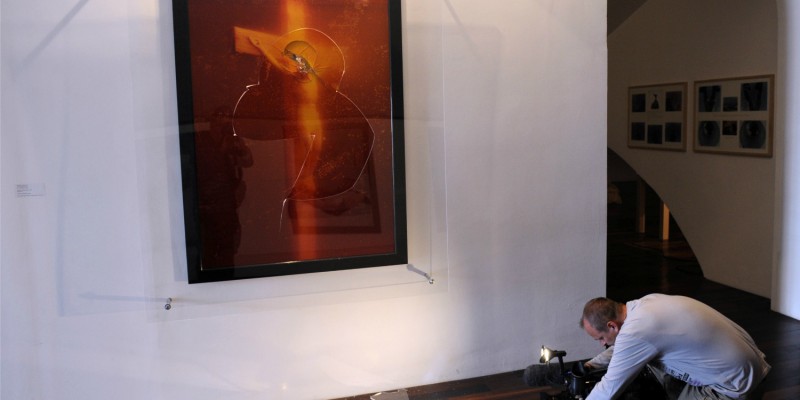
The case
In 1987, New York-based artist Andres Serrano submerged a plastic crucifix in a jar of his own urine and photographed it. The resulting work – full title: Immersion (Piss Christ) – was exhibited in 1989 to modest acclaim, winning the Southeastern Centre for Contemporary Arts “Awards in the Visual Arts” prize. Serrano described the piece as a commentary on the commercialisation of religion.
Not everyone found aesthetic value in Piss Christ. Many dismissed the photograph as tasteless. From Washington DC, Republican senators condemned it as obscene. To the most vociferous critics, the work was tantamount to blasphemy. The photograph also kicked off a broader debate about public arts funding in the United States, after it was revealed that Serrano had received indirect financial support from The National Endowment for the Arts. Though Piss Christ has been shown in galleries around the world for 20 years, this controversy has not dulled. Serrano shows have been attacked in Australia and Sweden in recent years.
Things came to a head in April 2011, when Piss Christ was due to be displayed in Avignon, France, at the Collection Lambert art museum. Shortly before the exhibit’s opening, some 1,000 demonstrators gathered in Avignon in protest. The museum quietly boosted security. Still, a day later, three or four vandals were able to enter the museum wearing dark sunglasses; once inside, they physically threatened security guards and irreparably damaged Piss Christ “with the help of a hammer and an object like a screwdriver of pickaxe”. The museum was immediately closed, and some employees reported death threats. But it has since reopened. Gallery Director Eric Mézil says he wants people to view the damaged work “so [they] can see what barbarians can do”.

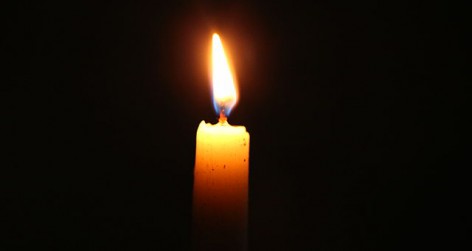

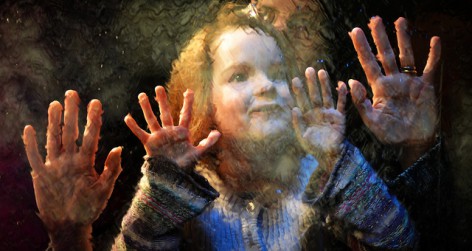
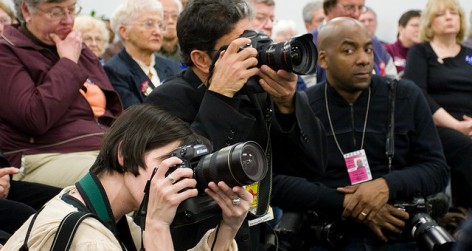


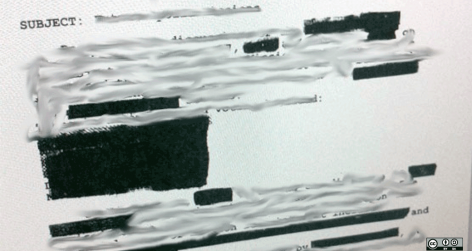
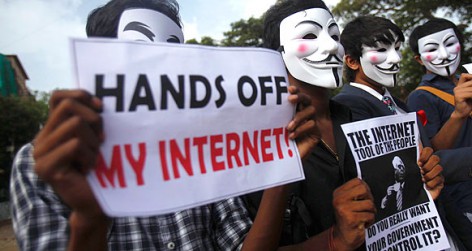
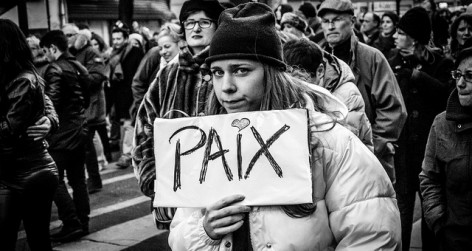
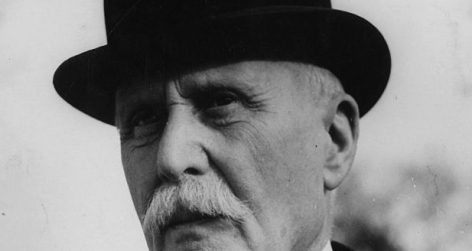

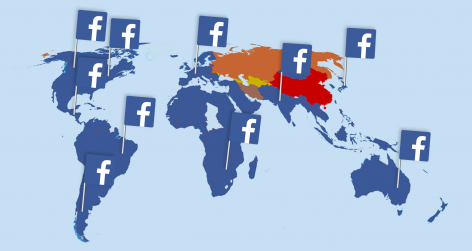
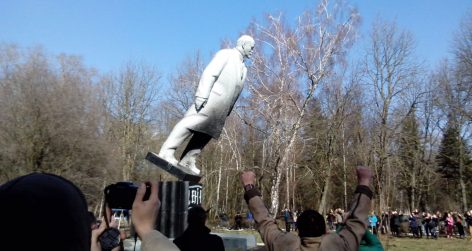
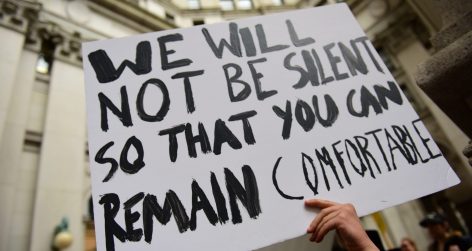





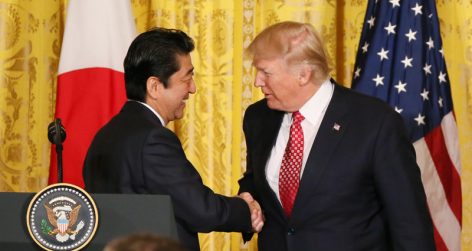
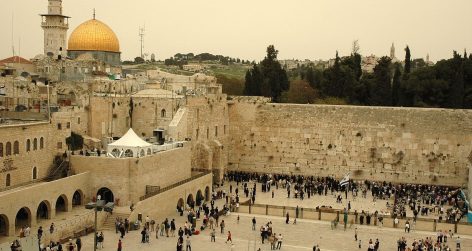

reply report Report comment
There’s a difference between satiric picture published in media and a work of art, as the first one is usually thought to be rather a comment on current (political/social/economic/etc) situation, whilst the work of art ex definitione is to be considered on every level: from aesthetic up to methaphysical.
At this moment it in my opinion kind’a mistake to compare the two mentioned opera.
The problem of modern art is that it becomes impossible to define it’s borders – what is yet and what isn’t already an art.
At this point vandals had the same rights to express themselves by destroying the Piss Christ, like its author. By this I mean the performance of devastation which becomes a part of artistic process. This is the result of what the art became and how it is being understood by viewers.
There are many cases of formally static work of art (sculpture, painting, instalation etc) becomes a part of a dynamic action which changes its meaning even if it wasn’t intended by either authors and vandals.
In this case supporting artists with public money is just a part of the cultural and artistic development of society with all the risk included.
On the other hand public or private media cover completely different area and level of society activity focusing on everyday common problems, up-to-date situation in politics, economy etc. which brings also different way response from possible opponents. In the Mahomet case the response wasn’t just devastation of exhibit, but a bomb attack on embassy.
The difference in the publishing context and its consequences makes these two cases incomparable.
(P.S. sorry for any misspelling and grammar error – I’d rather write in polish language, as it is much easier to clear up point of view in writing)
reply report Report comment
The art was created with intention and message. It was political, a tool, and within the artist’s right to create and display.
reply report Report comment
Language in itself is a public tool. Following your arguments you would have to say that no one is allowed to say anything because it offends someone. Artist or anyone can say and print whatever he or she wants. It’s only a problem of ‘religious’ people that they identify themselves with the symbols and treat its reuse as offensive. As a result thay oppress non believes and freedom of speech. No one is an owner of Mahomet or Jesus and no one has the right to say how you can or can not use their images.
reply report Report comment
The author argues “the right of artists to publicly express themselves, visually or otherwise must be protected, even at the risk of deeply offending audiences”, yet she offers no reason why.
Everyone who enters the public realm, as artists “expressing themselfes in public” do, assume certain obligations towards all other members in public. They enter a space within which their liberty to do/say whatever they want must be balanced against everyone else’s liberty to do/say whatever they want. It follows that where a person’s actions have the potential to “deeply offend” other members of the public – encroaching e.g. in this case upon their entitlement to respect for their religious believe, the offending actor has to justify whatever he/she does. So in order to defend the Piss Christ properly, one has to explain the value of trampling upon an object that is very special to very many people compared to the value of having certain limits in society of courtesy and respect towards otherness. In my personal opinion, there are much more effective ways to criticise the commercialisation of religion than to urinate on a crucifix. The message was certainly lost on me.
The fact that the Piss Christ was displayed in a museum and not printed in a paper does not distinguish it from the Mohammed cartoons for at least two reasons. First, apparently the Piss Christ did receive public funding, which compared to the Mohammed cartoons – published in a private newspaper – is actually even worse, because every tax payer whether or not he/she wanted to do so, contributed to the display of the object. Second, it is of course true that one has the choice not to attend the exhibition, however, it would be naive to assume that only those believers who actually saw the cartoon were offended, while everyone else was totally fine with them. The problematic nature of both the cartoons and the Piss Christ does not attach to their visual accessibility, but to their very existence in public spaces (whether it be behind the walls of a museum or on a market place) as such.
Andres Serrano’s, no doubt, important message regarding the commercialisation of religion could have been delivered in a much more effective manner, had he written an essay on it and spend his evenings in the private company of the Piss Christ at home.
reply report Report comment
I have written my views in some freedom of speech blogs on the internet concerning the nature of or reason for freedom of speech.
I am certain that many such internet sites are little more than some equivalent of black holes, sucking our mental energies into useless quagmires.
Even so they do have their uses, for I am not making an argument in a vacuum. My argument is fully functional in the form of a work of art.
“9/11 The Clouds” https://plus.google.com/u/0/115593826388803739707/posts/p/pub
Guernica is a painting by Pablo Picasso. It was created in response to the bombing of Guernica, a Basque Country village in northern Spain by German and Italian warplanes.
9/11 The Clouds is a painting by my self, Perreaoult Daniels. It was created in response to the destruction of the original World Trade Center of New York City, destroyed in the September 11 attacks of 2001
These two works of art hold a existence and properties parallel in our experience despite our separation in time. The Spanish Republican government commissioned Picasso to create a large mural for the Spanish display at the Exposition Internationale des Arts et Techniques dans la Vie Moderne at the 1937 World’s Fair in Paris.
I created 9/11 the Clouds, of my own volition, shortly after 9/11.
I shall not go into the details of the image created by Picasso. Guernica has become a universal and powerful symbol warning humanity against the suffering and devastation of war.
9/11 was not an event occurring between two nations at war. It was a claimed a religious war and sparked great numbers of people to anger and hatred for beliefs not of their own.
In the buildings, people burned and out of them they fell. In the clouds descending from the Towers high overhead, thousands of burning fluttering papers fell from the sky – their destruction of no concern to anyone. And to the people who did this thing, how could they care about burning papers, when the burning bodies did not move them? Yet I knew instantly that some of those burning falling clouds of paper had to be holy books.
9/11 The Clouds unlike like Guernica, cries a warning to humanity against the insanity of murder in the name of faith.
For 9/11 The Clouds, I destroyed in order to create, three holy books. The end result is this Work of Art that I have chosen to Give as a gift to The American People.